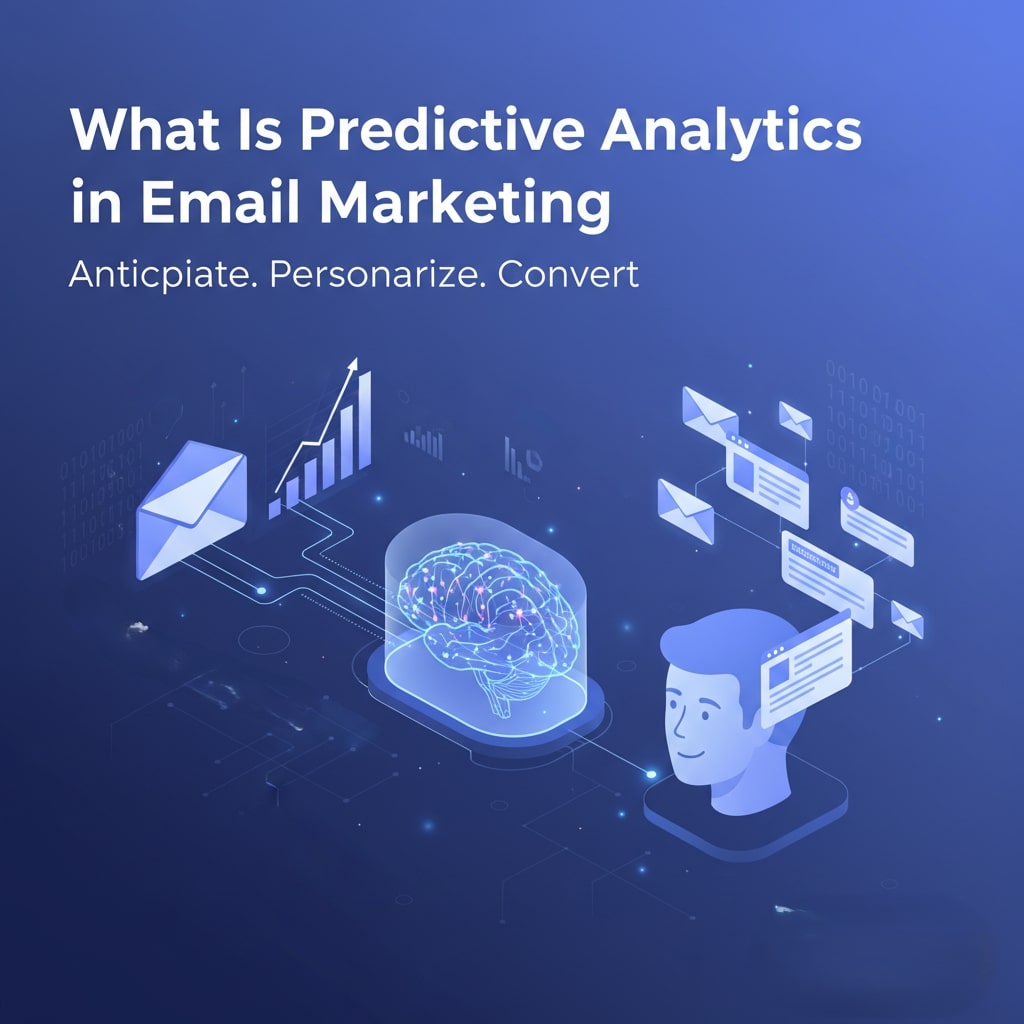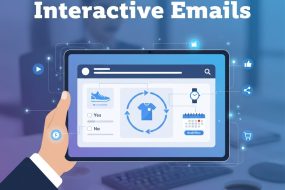
In today’s data-rich environment, email marketers are constantly seeking smarter ways to reach their audience. Predictive analytics offers a game-changing approach by leveraging historical data, machine learning, and statistical algorithms to anticipate subscriber behavior. Instead of relying on guesswork or basic segmentation, predictive analytics empowers marketers to send the right message, to the right person, at the right time. This comprehensive guide explores how you can harness predictive analytics in email marketing to improve personalization, increase open and click rates, and ultimately boost your return on investment (ROI).
What Is Predictive Analytics in Email Marketing?

Predictive analytics refers to techniques that analyze past and current data to forecast future outcomes. In email marketing, these forecasts might include subscriber engagement likelihood, optimal send times, or product recommendations. By combining demographic, behavioral, and transactional data, predictive models assess patterns and assign scores indicating how a subscriber will react to a given email campaign. These insights enable marketers to tailor content and delivery, reducing unsubscribe rates and maximizing conversions.
Key Benefits of Predictive Analytics
- Enhanced Personalization: Move beyond static segments; deliver dynamic content based on individual propensity scores.
- Improved Timing: Identify when each subscriber is most likely to open emails, increasing open rates.
- Better Targeting: Predict who is most likely to convert, reducing wasted sends and boosting ROI.
- Optimized Frequency: Prevent fatigue by forecasting ideal send cadence per subscriber.
Data Inputs for Accurate Predictions
The foundation of any predictive model is quality data. Key inputs include:
- Engagement Metrics: Opens, clicks, forwards, and unsubscribes provide direct signals of subscriber interest.
- Purchase History: Transactional data reveals product affinities and purchase cycles.
- Demographics: Age, location, and preferences offer context for personalization.
- Web Behavior: Browsing history and page visits indicate potential interests and intent.
Building Predictive Models
To build effective predictive models, follow these steps:
- Data Collection and Cleaning: Aggregate data from email service providers, CRM systems, and web analytics. Cleanse for duplicates and inconsistencies.
- Feature Engineering: Create variables like recency, frequency, monetary value (RFM), and engagement trends.
- Model Selection: Choose algorithms such as logistic regression, decision trees, or random forests based on complexity and volume of data.
- Training and Validation: Split data into training and test sets. Validate using metrics like AUC-ROC, precision, and recall.
- Deployment: Integrate the predictive model into your email platform via API or built-in machine learning features.
Implementing Predictive Insights in Campaigns
Once your model is live, use the insights to drive campaign tactics:
- Dynamic Content Blocks: Show product recommendations or offers tailored to each subscriber’s likelihood to purchase.
- Send Time Optimization: Schedule sends when each user is predicted to be most active, boosting open rates.
- Win-Back Strategies: Identify dormant subscribers with high reactivation scores and target them with special promotions.
- Churn Prevention: Predict subscribers at risk of unsubscribing and deliver re-engagement incentives.
Advanced Personalization and Segmentation
Predictive analytics elevates segmentation by creating micro-segments based on predicted behaviors. For instance, you can group subscribers into categories like “likely to buy electronics this month” or “high open rate but low click rate.” This level of granularity enables hyper-personalized messaging, such as cross-selling related to previous purchases, which significantly enhances engagement and conversion rates.
Measuring Success and Ongoing Optimization
Track these KPIs to evaluate the impact of predictive analytics:
- Open Rate Lift: Compare optimized send times versus historical averages.
- Click-Through Rate (CTR): Monitor engagement with dynamically recommended content.
- Conversion Rate: Assess purchases or form completions driven by predictive campaigns.
- Revenue per Subscriber: Calculate incremental revenue uplift attributable to predictive tactics.
Continuously retrain your models with fresh data to adapt to changing subscriber behavior and market trends. A/B test predictive segments against standard segments to validate performance gains.
Challenges and Best Practices
While predictive analytics offers tremendous value, there are challenges to address:
- Data Quality: Incomplete or outdated data can undermine model accuracy. Establish robust data governance policies.
- Model Transparency: Complex algorithms can be a black box. Document model logic and keep stakeholders informed.
- Privacy Compliance: Ensure GDPR, CCPA, and other regulations are maintained when processing personal data.
Adopt these best practices:
- Start small with a pilot program before scaling.
- Collaborate closely with data scientists and IT for smooth integration.
- Maintain clear documentation and version control for models.
Future Trends in Predictive Email Marketing

As AI technologies evolve, we expect to see deeper integration of natural language processing for subject line and content optimization, voice-activated email experiences, and real-time predictive scoring that adjusts campaigns on the fly. Marketers who embrace these innovations will gain a competitive edge by creating more relevant, timely, and engaging email experiences.
Conclusion
Predictive analytics is no longer a luxury—it’s a necessity for email marketers striving to stand out in crowded inboxes. By analyzing data to forecast subscriber behavior, you can personalize content at scale, optimize send times, and allocate resources more efficiently. Implementing predictive analytics requires an investment in data infrastructure and modeling expertise, but the payoff in engagement, conversions, and ROI makes it one of the most powerful tools available. Start small, measure rigorously, and evolve your strategy as your models mature. Embrace the future of email marketing with predictive analytics and watch your campaigns soar.


















No Comments